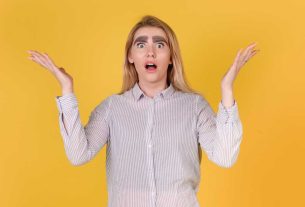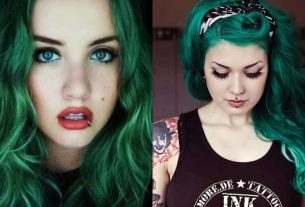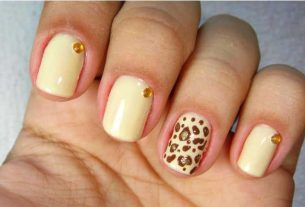The best way to start treating your hair is by learning which of the 3 categories of curl types it falls into.
For those who care and like to take care of their hair in the best way possible, in the case of curly and frizzy hair, knowing what your curl type is is essential. After all, curly hair is definitely not all the same, nor can it be treated in the same way as any other. In general, it is possible to make an initial division between 3 types of curl. Then, within each one, there are still 3 other different categories.
The different types of yarn are classified and divided into type 2, which is wavy, type 3, curly, and type 4, curly. Among the numbers, there are letters that classify the appearance of the thread. It can range from the loosest and most open to the smallest and most closed. Once you learn to differentiate each level, it becomes very easy to discover which category your hair falls into, as well as the best way to treat it.
Check below which categories form the types of curls through their definitions, and learn to identify yours. Using the degree and curvature, you will then be able to find the perfect hair schedule to meet your hair’s needs.
Types of curls
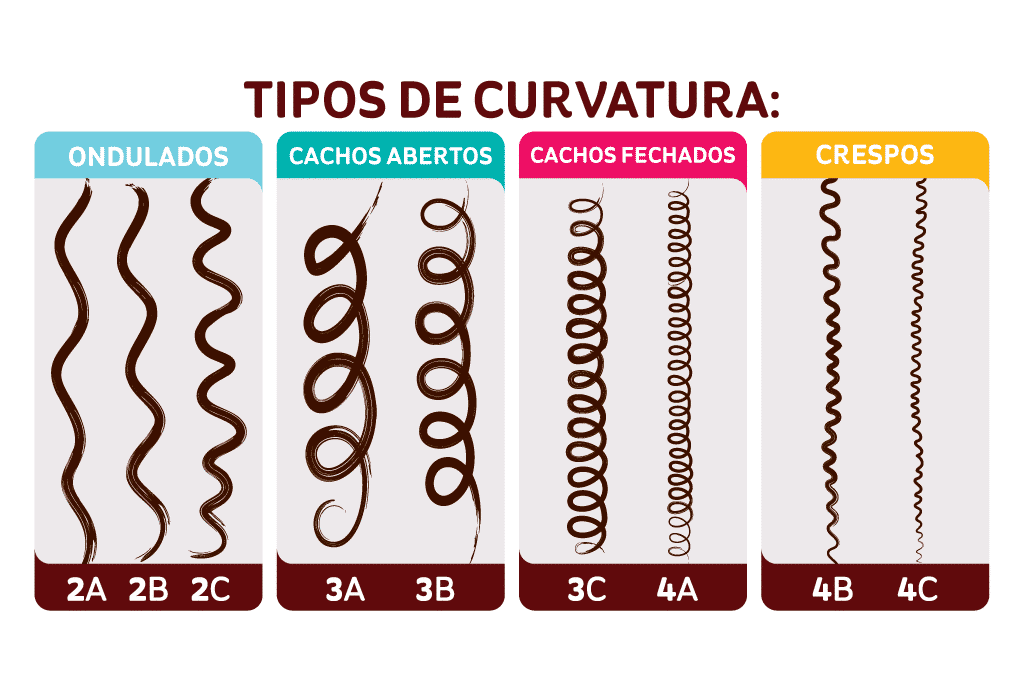
First of all, so that it is possible to identify your curl type, remember to analyze your hair without it having any type of finishing. Normally, products used to define the hair after washing can leave it with a different shape, which makes it difficult to analyze the curvature and degree of the curl.
Type 2 hair
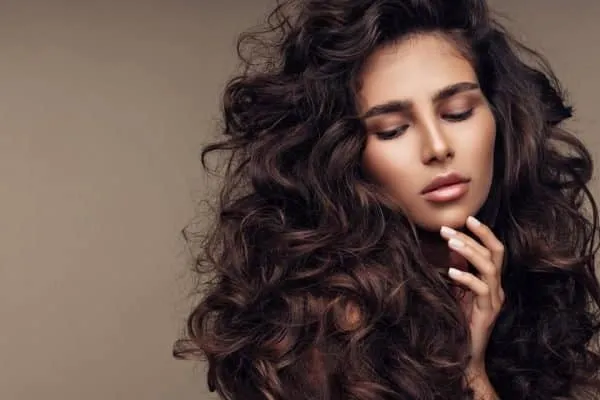
Type 2 hair falls into the wavy category. Typically, your roots are smoother, even if just a little bit of it. They have more shine and less need to apply oils, as the oil produced in the scalp easily reaches the rest of the length. However, among the types of curls, these tend to lose their shape more easily, which means they require more attention to finishing. Without a good finish, its appearance tends to be voluminous.
- 2A: 2A is easily confused with “straight straight”, as it is the closest category to the hair type. Its waves have a more open appearance and texturing is more difficult. This means that trying to shape your hair can be difficult, as it cannot be scrunched like other curls to gain more definition.
- 2B: 2B can easily be confused with 2c. This happens because it is very texturable, where there are days when it can be one way or another. Thus, the waves can be both more open and more closed, somewhere in between. When identifying it, just pay attention to the fact that its appearance can change at any time, resulting in more frizz than normal.
- 2C: 2C is extremely close to curly hair. Its shape is not easily lost, and its definition tends to occur more easily. However, it requires a greater amount of hydration oil than the other two types.
Type 3 curls
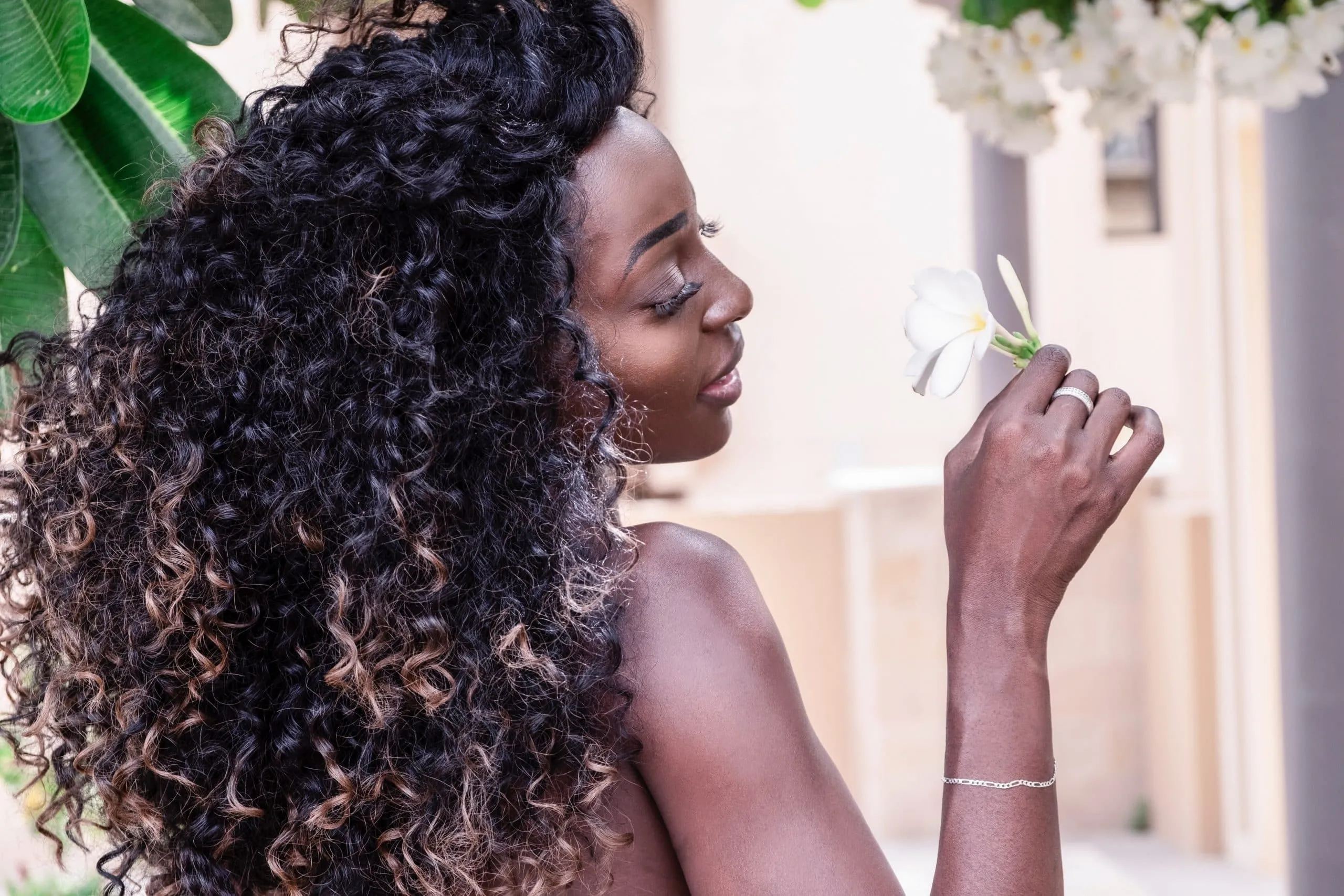
Type 3 hair is curly hair, strictly speaking. It has a curled appearance to the roots, with tighter curls, generally in a spring shape. Its definition is extremely easy to do, as even without a styling cream or when it is wet, it remains curly. However, type 3 hair requires greater use of oil to maintain hydrolipid balance.
- 3A: 3A has a texture extremely similar to that of wavy types. This way, its curvature is not as closed as that of 3B and 3C. What differentiates it from a 2C, however, is the fact that its definition is still much easier than that of wavy. Even without much effort, your hair will remain curly.
- 3B: From 3B onwards, it is possible to notice a greater shrinkage of the curls, as it is characterized by its spring shape. Its definition is very easy to achieve, but it requires more hydration and nutrition, so that it always remains healthy and with proportionally treated strands.
- 3C: 3C is the type of curly hair closest to frizzy. It doesn’t have as many scales as 3A and 3B, meaning its shine and moisture retention is considerably less than the others. Therefore, it is necessary to be careful when applying hydrating oils, so that each strand receives the treatment equally and nothing accumulates on the scalp. In terms of shape, the curls are well defined and shrunken.
Type 4 hair
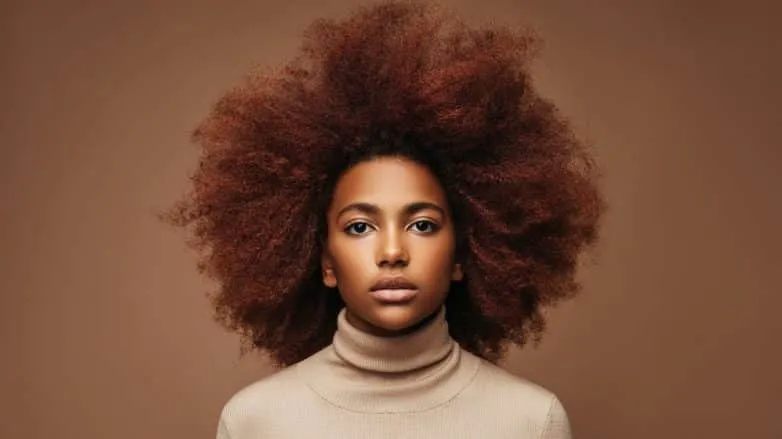
Here, it is now possible to obtain curly hair, which has the smallest amount of scales. This means that its shine is lower and hydration should weigh more than other factors when treating it. Its threads tend to be thready, very easy to present knots. The shrinkage factor is mainly present in this type of hair, but its ability to absorb hydration and nutrition is the greatest of all. Normally, when there is no finishing, curly hair becomes voluminous and with little definition of the curls.
- 4A: The closest to 3C, it still has a greater number of scales than the others, therefore, it also has more shine. Its definition occurs in the form of tightly closed springs.
- 4B: Here, hydration retention is considerably lower than that of 4A. The spring shape of the wires becomes even more closed and with greater shrinkage.
- 4C: 4C is the type of strand with the least amount of scales and the one that requires the most oils to restore shine to the hair. Despite giving the impression of not forming curls, they are still there, but even smaller, and in a zigzag shape. Typically, those with a 4C strand prefer to style their hair with more volume and less definition.
So, what did you think of this article about curl types? If you are interested, also check out Curly hair – How to take care of your hair and have more defined curls
Sources: Embelleze, Salonline, Tô de Cacho, Capricho
Images: Natura, Beleza Natural, All Things Hair, Metrópoles, Reviewbox

Sign up for our newsletter and stay up to date with exclusive news
that can transform your routine!
Warning: Undefined array key "title" in /home/storelat/public_html/wp-content/plugins/link-whisper-premium/templates/frontend/related-posts.php on line 12
Warning: Undefined array key "title_tag" in /home/storelat/public_html/wp-content/plugins/link-whisper-premium/templates/frontend/related-posts.php on line 13


